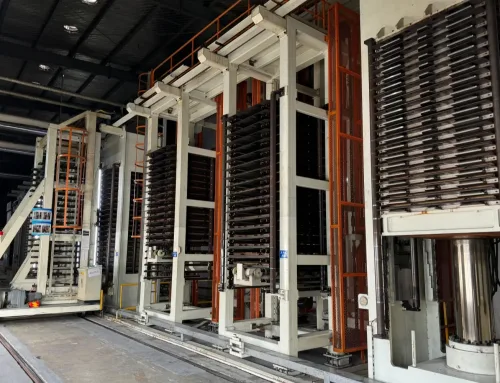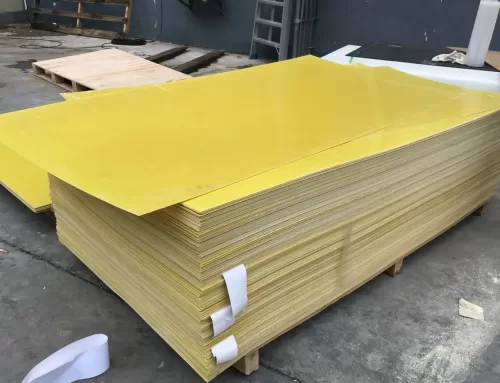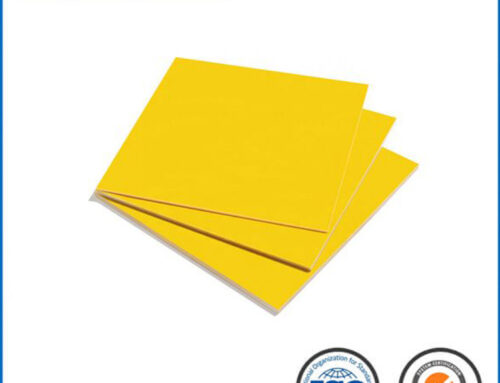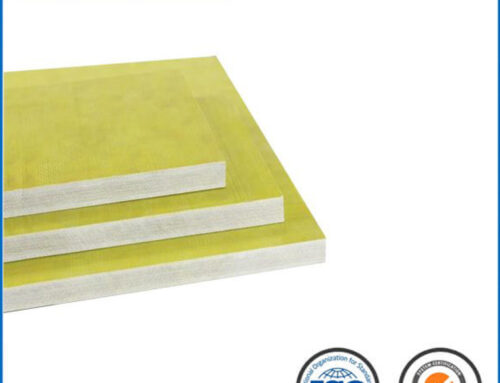G10 Laminate Sheet the Strength of Advanced Laminates
In the landscape of advanced materials, G10 laminate sheets stand out as exemplars of strength and versatility. This article embarks on a journey to unveil the distinctive characteristics of G10 laminate sheets, exploring their composition, manufacturing processes, and the diverse applications where they prove their mettle as advanced laminates. From aerospace components to electronics, G10 laminate sheets navigate the intricate demands of modern engineering.
1. Composition of G10 Laminate Sheets: A Symphony of Materials
High-Pressure Lamination:
G10 laminate sheets are crafted through a high-pressure lamination process, compressing layers of fiberglass cloth impregnated with epoxy resin.
The meticulous layering creates a composite material known for its exceptional strength and durability.
Fiberglass and Epoxy Resin Bond:
The fusion of fiberglass and epoxy resin forms the backbone of G10 laminate sheets, contributing to their mechanical robustness and insulating properties.
The bond between these materials is crucial for achieving uniformity and reliability in the final product.
2. Mechanical Resilience: Withstanding the Rigors of Applications
Tensile and Flexural Strength:
G10 laminate sheets exhibit high tensile strength, providing resistance to stretching or deformation under applied loads.
The flexural strength ensures the material can withstand bending and torsional stresses, making it suitable for a range of applications.
Impact Resistance:
The impact resistance of G10 laminate sheets adds to their mechanical resilience, making them robust in scenarios where components may experience sudden forces.
This property is particularly valuable in applications where durability is paramount.
3. Electrical Insulation Prowess: Ensuring Signal Integrity
Dielectric Stability:
G10 laminate sheets boast excellent dielectric stability, making them ideal for applications where electrical insulation is critical.
This property ensures the integrity of signals in electronic components and systems.
Low Moisture Absorption:
The low moisture absorption of G10 laminate sheets enhances their performance in electrical applications.
Maintaining low moisture levels is vital for consistent electrical insulation over time.
4. Aerospace Applications: Soaring to New Heights
Structural Components:
G10 laminate sheets find applications in aerospace engineering for manufacturing structural components.
Their high strength-to-weight ratio contributes to the efficiency of aerospace structures.
Insulating Materials:
In aerospace electronics, G10 laminate sheets are utilized as insulating materials in components and systems.
Their electrical insulation properties enhance the reliability of electronic devices.
5. Precision Machining and Customization: Tailoring Solutions
Machining Capabilities:
G10 laminate sheets exhibit excellent machinability, allowing for precision shaping and customization to meet specific design requirements.
CNC machining and other techniques facilitate the creation of intricate and tailored components.
Fabrication Flexibility:
Fabricators benefit from the flexibility of G10 laminate sheets in achieving complex designs and meeting diverse application needs.
This adaptability opens up possibilities for incorporating G10 laminate sheets in a wide array of engineering solutions.
Conclusion: G10 Laminate Sheets – A Benchmark in Advanced Laminates
As G10 laminate sheets are unveiled, their significance in the realm of advanced laminates becomes apparent. From their composition to mechanical resilience, electrical insulation prowess, and aerospace applications, G10 laminate sheets set a benchmark for strength and versatility. In a world that demands materials capable of navigating the complexities of modern engineering, G10 laminate sheets stand as reliable allies, embodying the strength and adaptability needed for cutting-edge solutions.
More:




